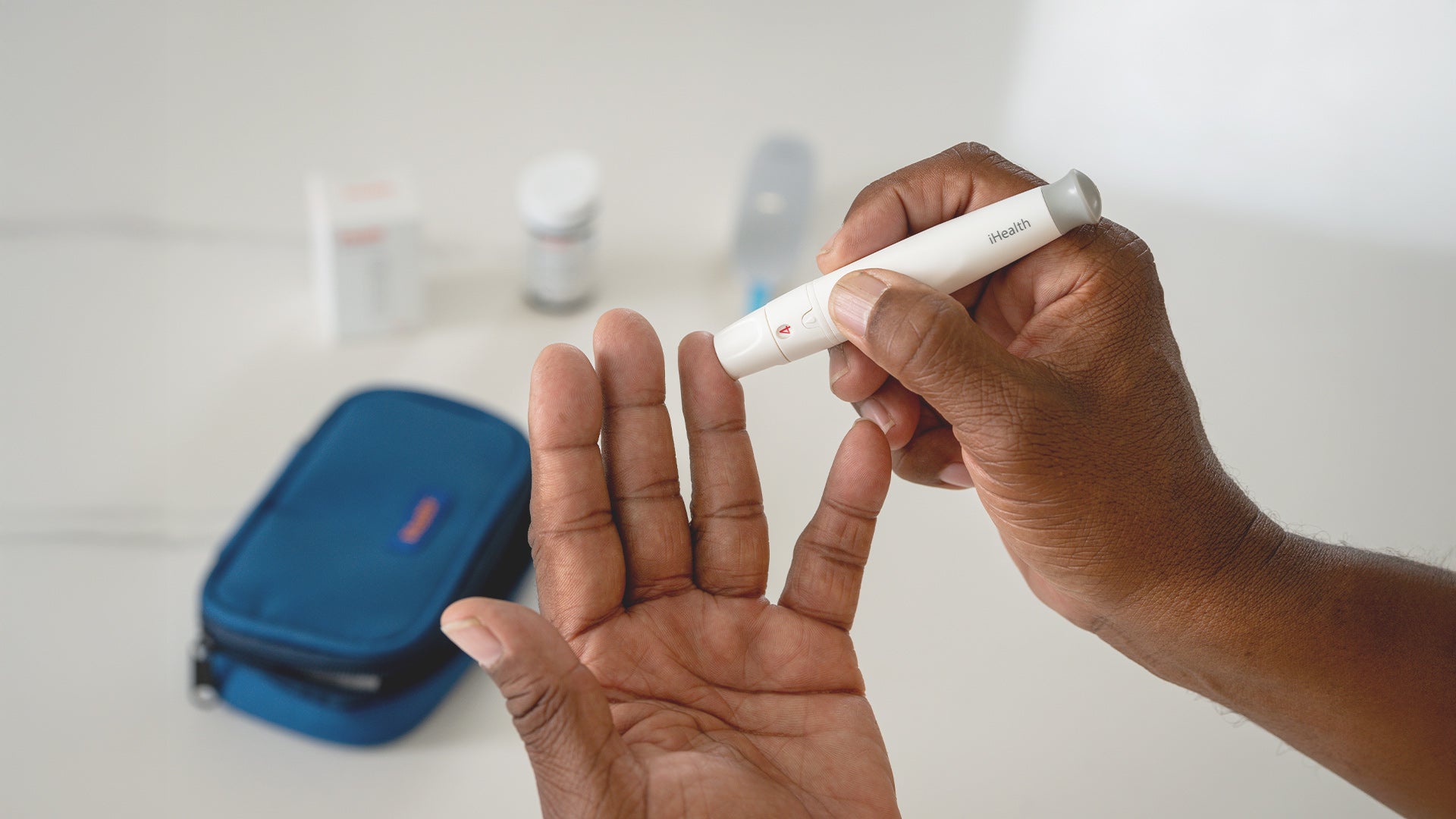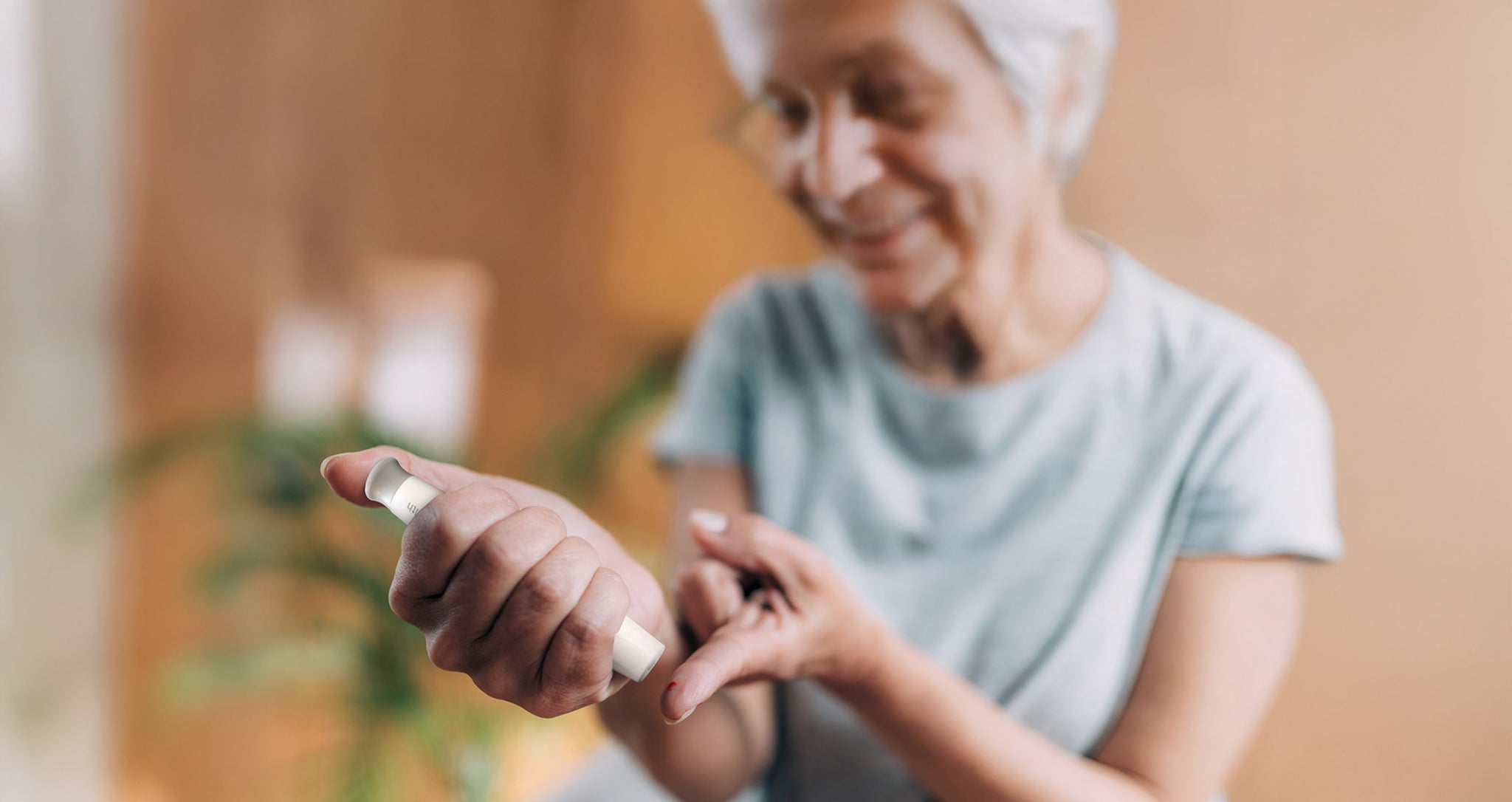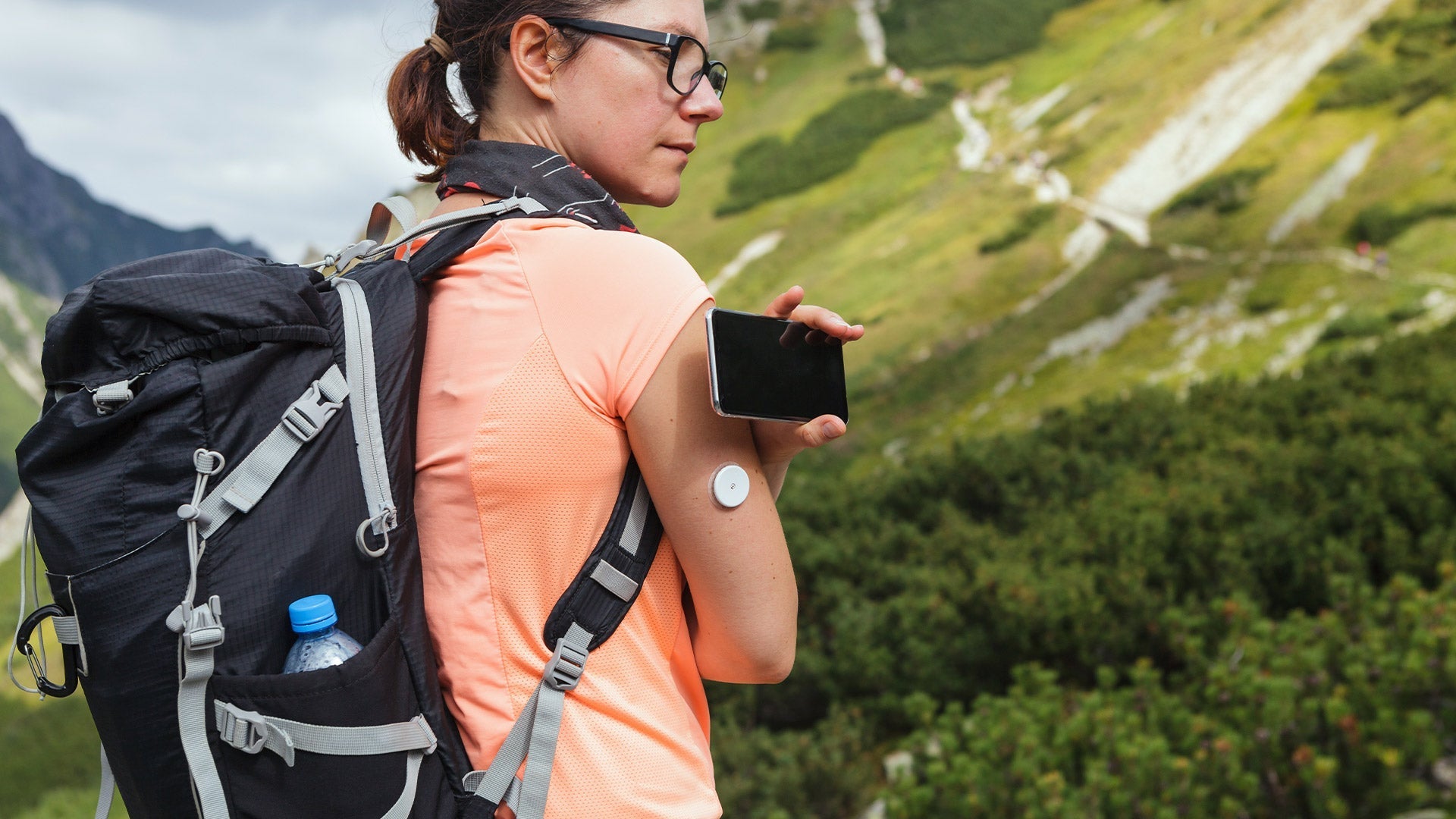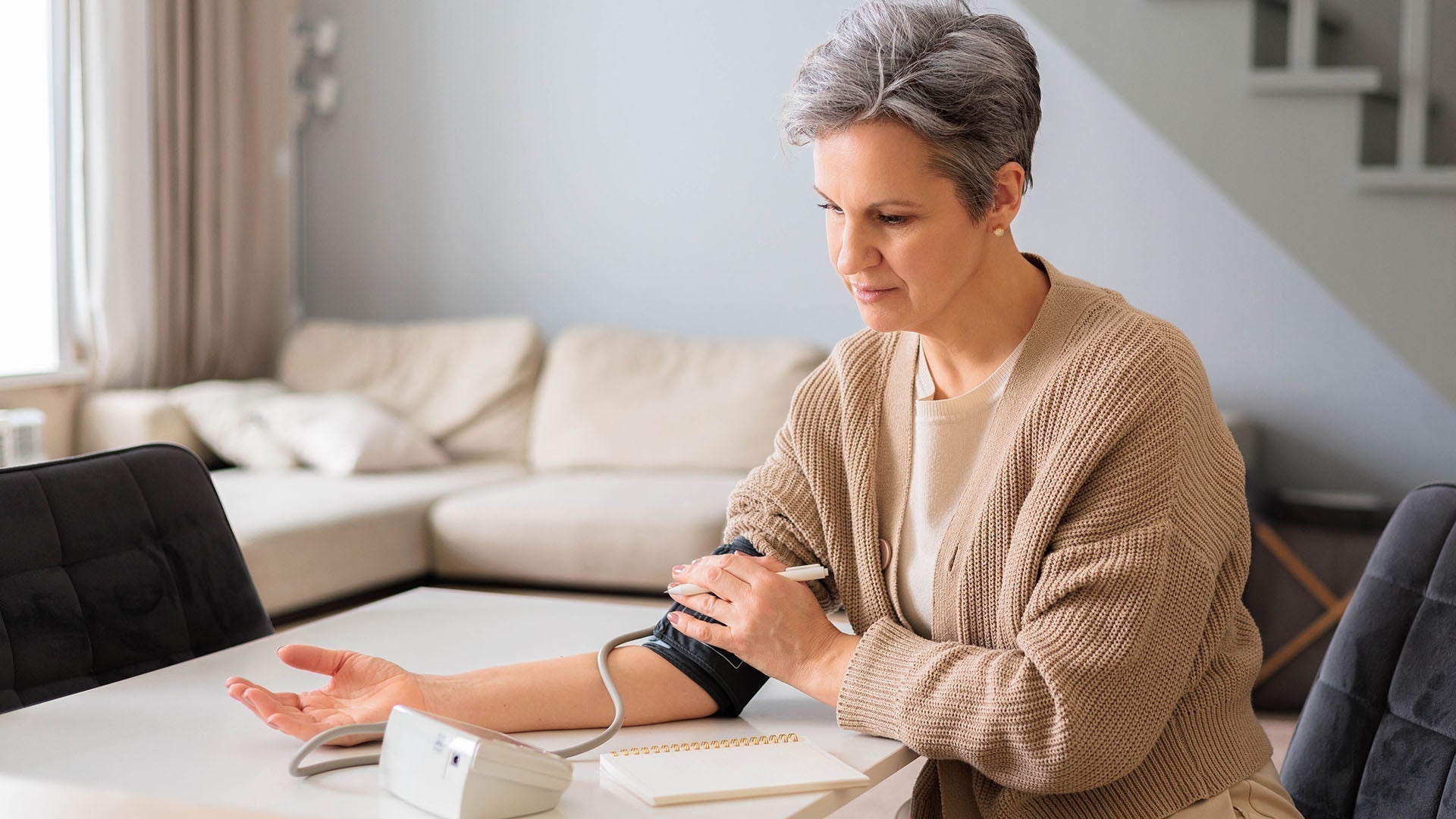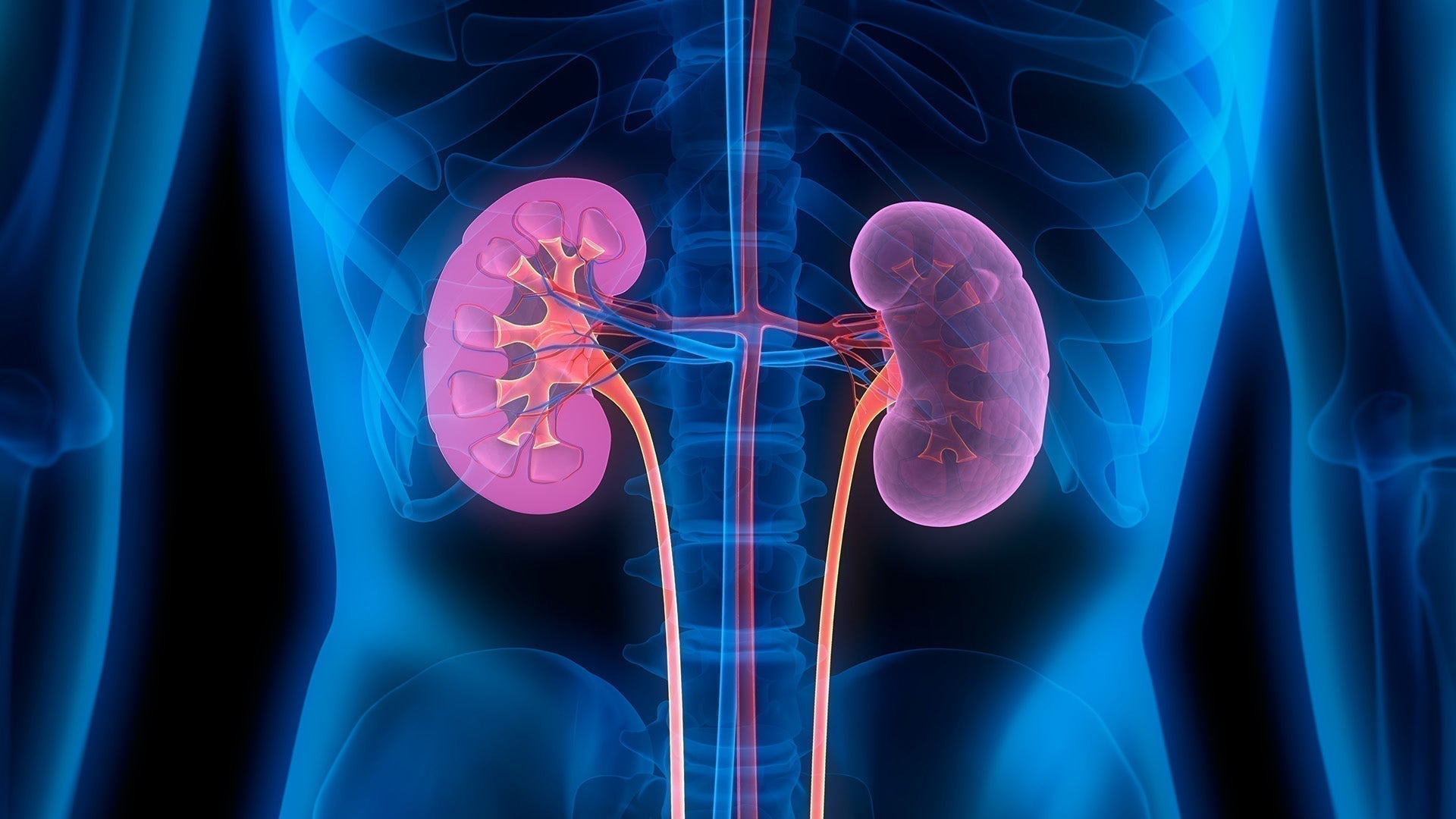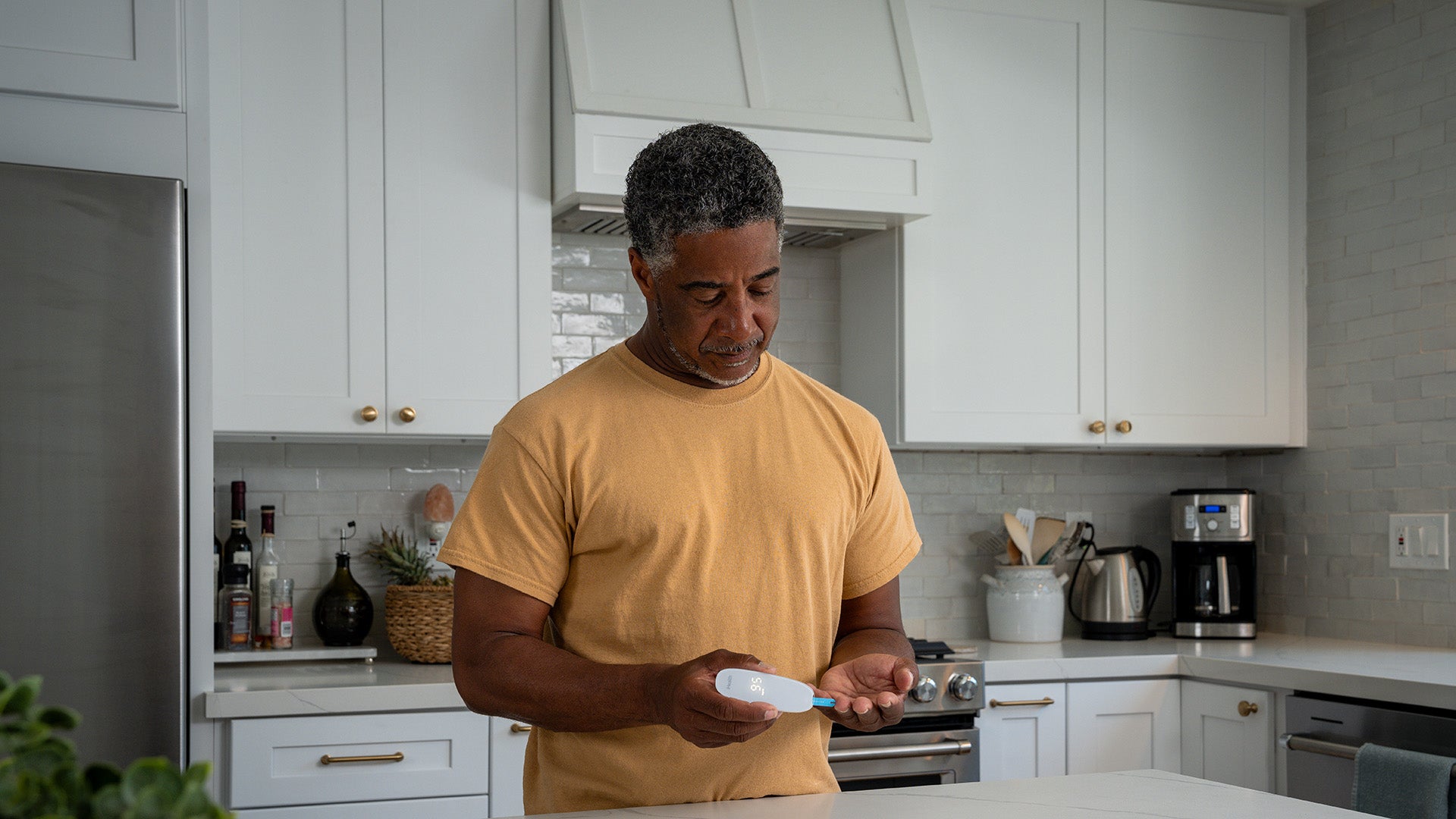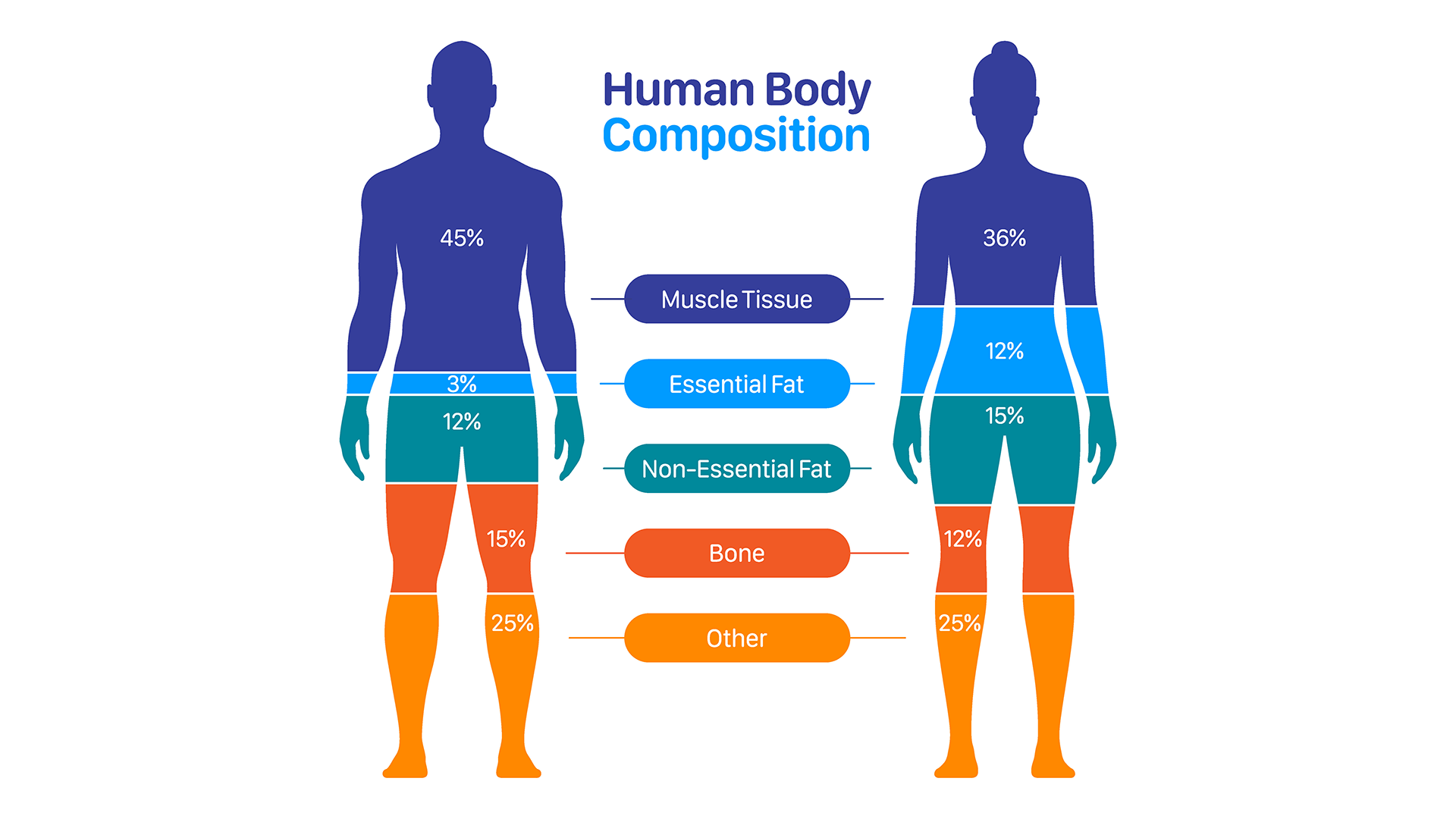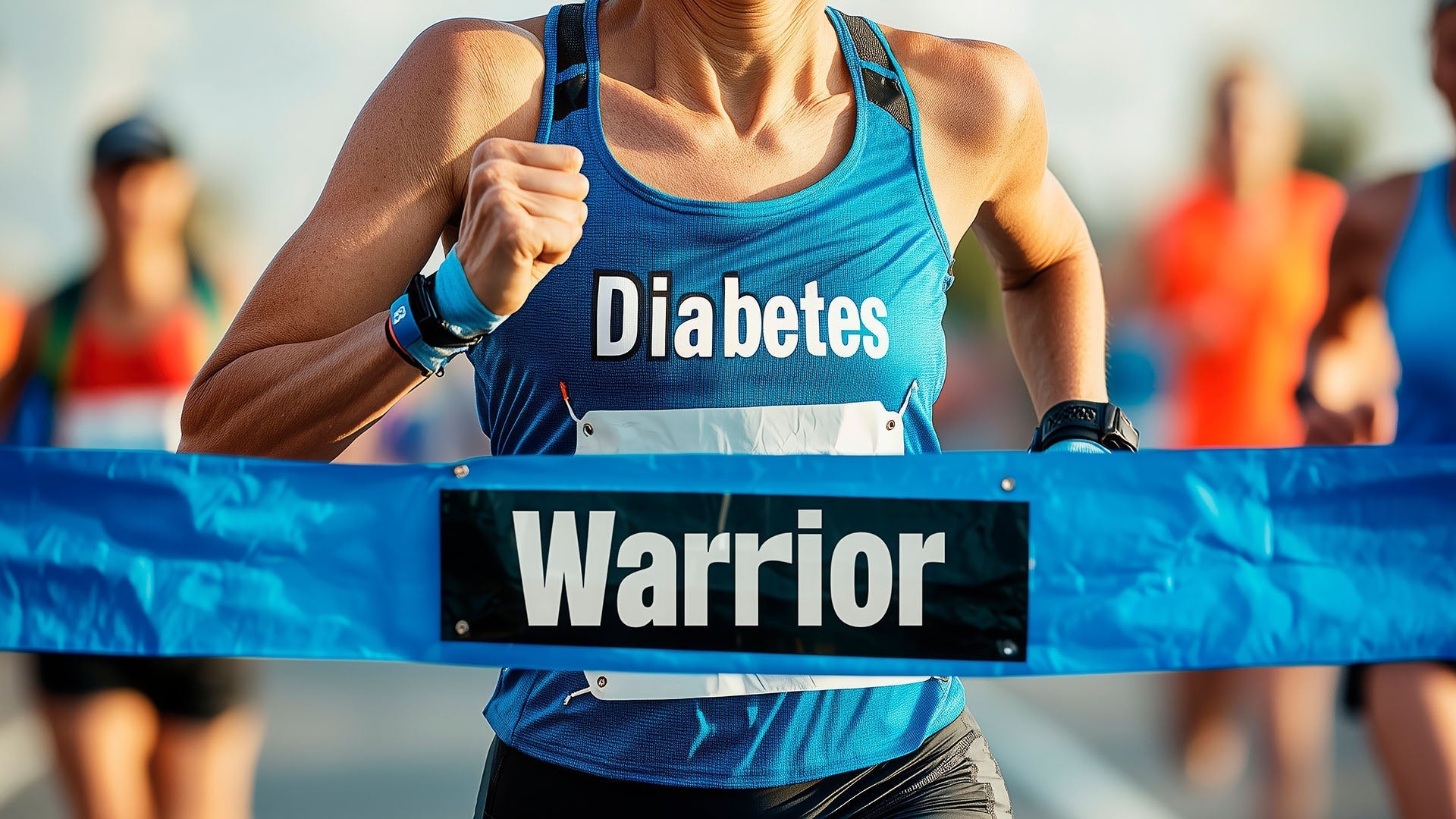Learn Your Way
to A Healthier Life

When it comes to managing your health, information is power—and your glucometer is one of the best tools to gather some personal health information. Whether you’ve just been diagnosed with diabetes or you’ve been managing it for years, there are times when starting (or re-starting) regular blood sugar checks can make a major difference.
What is Normal Blood Sugar?
If you've never checked your blood sugar before, you might be wondering what to look for when you start. Here are some simple guidelines for blood sugar targets throughout the day. If you have questions about your personal blood sugar, check in with your provider, or consider a visit with a Registered Dietitian or Diabetes Educator.
General Blood Sugar Targets
Based on American Diabetes Association guidelines, here are the blood sugar levels to look for when you check.
For people without diabetes:
- Fasting (before meals): 70–99 mg/dL
- 1–2 hours after meals: Less than 140 mg/dL
For people with diabetes:
- Fasting (before meals): 80–130 mg/dL
- 1–2 hours after meals: Less than 180 mg/dL
Fasting blood sugar refers to your blood sugar first thing in the morning, before eating or drinking anything except water.
Post-meal blood sugar means checking 1–2 hours after the first bite of your meal to see how your body responded.
When Is It Time to Get a Glucometer?
Let’s dive into some signs of when it might be time to get a glucometer.
1. You’ve Been Diagnosed with Prediabetes or Diabetes
The research shows that people who check their blood sugar, manage their diabetes better long-term. If you’ve recently been diagnosed with prediabetes or diabetes, it’s the perfect time to start checking your blood sugar at home. A glucometer gives you real-time feedback on how food, activity, stress and medications affect your numbers.
Think of your blood sugar meter like a GPS for your blood sugar—it helps you spot trends, prevent low blood sugars and avoid unexpected spikes. Plus, early monitoring can also help you and your healthcare provider make smarter decisions about your treatment plan. Be sure to write your numbers down or take your glucometer into your appointment so that you can review your numbers with your healthcare provider.
2. You’re Experiencing Unexplained Symptoms
Your body has a way of sending out warning signals when your blood sugar is out of balance. Feeling extra thirsty, running to the bathroom more often, feeling constantly tired or noticing blurry vision are just a few signs that your blood sugar could be running too high—or possibly too low.
Think of any new symptoms or a change in symptoms like your body’s “check engine” light. When something feels off, it’s your body’s way of telling you it’s time to check under the hood. A blood sugar monitor can help you connect the dots between how you’re feeling and what’s happening inside your body.
Tracking these symptoms alongside your blood sugar readings can help you and your healthcare provider spot patterns and make important adjustments before bigger health concerns arise.
Here’s a quick guide to what you might notice:
Symptoms of Low Blood Sugar (Hypoglycemia)
- Shakiness
- Sweating
- Dizziness
- Confusion
- Rapid heartbeat
- Irritability or mood swings
- Headache
- Feeling very hungry
Symptoms of High Blood Sugar (Hyperglycemia)
- Increased thirst
- Frequent urination
- Fatigue or tiredness
- Blurry vision
- Headache
- Dry mouth
- Trouble concentrating
- Unexplained weight loss (over time)
If you’re noticing any of these symptoms or simply a change in how you normally feel, using your glucometer can give you important insights into your blood sugar levels.
3. You’re Making Big Changes to Your Lifestyle or Medications
Starting a new exercise program? Changing your eating habits? Adjusting one of your medications? These are all positive steps—but they can affect your blood sugar in ways you might not notice unless you’re checking.
Knowing your blood sugar levels gives you real-time feedback so you can see when your changes are working—or when you might need to tweak your plan. Whether you’re trying out a new meal routine, adding in strength training or adjusting medication doses, using your glucometer can help you stay on track and spot improvements (or trouble spots) early on.
Pro tip: Keep a short note next to your blood sugar readings when you’re making a big change (like “started new medication” or “added 15-minute walk after dinner”). This can make it easier to see patterns when you review your numbers.
4. You’re Struggling to Meet Your Blood Sugar Goals
If your A1c is creeping up, or your daily numbers feel like a rollercoaster, you are definitely not alone. Many people living with diabetes or prediabetes go through periods where managing blood sugar feels frustrating, overwhelming or even discouraging.
It’s easy to feel stuck, especially if you’ve ever walked into the doctor’s office and felt your stomach sink at the sight of a higher A1c result—or if you find yourself avoiding checking at home because you’re worried about what the number might say. That’s a very real emotional experience, and it’s important to give yourself grace.
But here’s the truth: knowledge is power and using your glucometer can give you that power back. Think of checking your blood sugar like turning on a flashlight in a dark room—suddenly, you can actually see what’s happening. Once you see the patterns, you’re no longer guessing. You can make smarter, more confident choices that move you toward better blood sugar control, one step at a time.
If starting feels overwhelming, focus on just one short-term goal. Begin by checking your blood sugar first thing in the morning every day for a week or two. Once that feels easy, you can build from there.
5. You Want to Feel More Empowered and in Control
Managing blood sugar isn’t just about chasing perfect numbers—it’s about feeling your best every day. When you start checking regularly, you realize that knowledge is power. Having a glucometer in your toolkit gives you real insight into what’s happening inside your body, helping you connect the dots between your daily habits and how you feel.
Instead of thinking of blood sugar checks as a chore, think of them as your daily check-in with yourself—a way to take back control. Watching your numbers improve, even little by little, builds positive momentum.
Plus, each small win, whether it’s a lower fasting number or a better post-meal reading, can remind you that your choices are making a difference. Over time, that momentum can be the fuel that keeps you moving forward and stick to the changes you’ve made.
How to Get Started (or Restart) with a Glucometer
Starting (or re-starting) blood sugar checks doesn’t have to be complicated. Here’s a simple plan:
- Choose a glucometer that’s easy to use and fits your lifestyle. iHealth offers reliable, user-friendly options that sync with your smartphone to make tracking effortless.
- Pick a few key times to check, like before breakfast and two hours after a meal.
- Keep a simple log or use an app to track your readings and look for patterns — many glucometers now do this automatically!
- Talk with your healthcare provider about your target numbers and what to do if your readings are too high or too low.
Take Charge of Your Health
Ready to make monitoring easier and more empowering? iHealth offers easy-to-use glucometers and connected technology designed to fit your lifestyle. Whether you’re just starting out or getting back on track, iHealth makes it simple to track, understand and manage your blood sugar in real time.
Learn more about iHealth glucometers here and find the tools that can support you on your health journey today!
References
Sign Up For More From iHealth
Receive the Latest News and Special Offers


